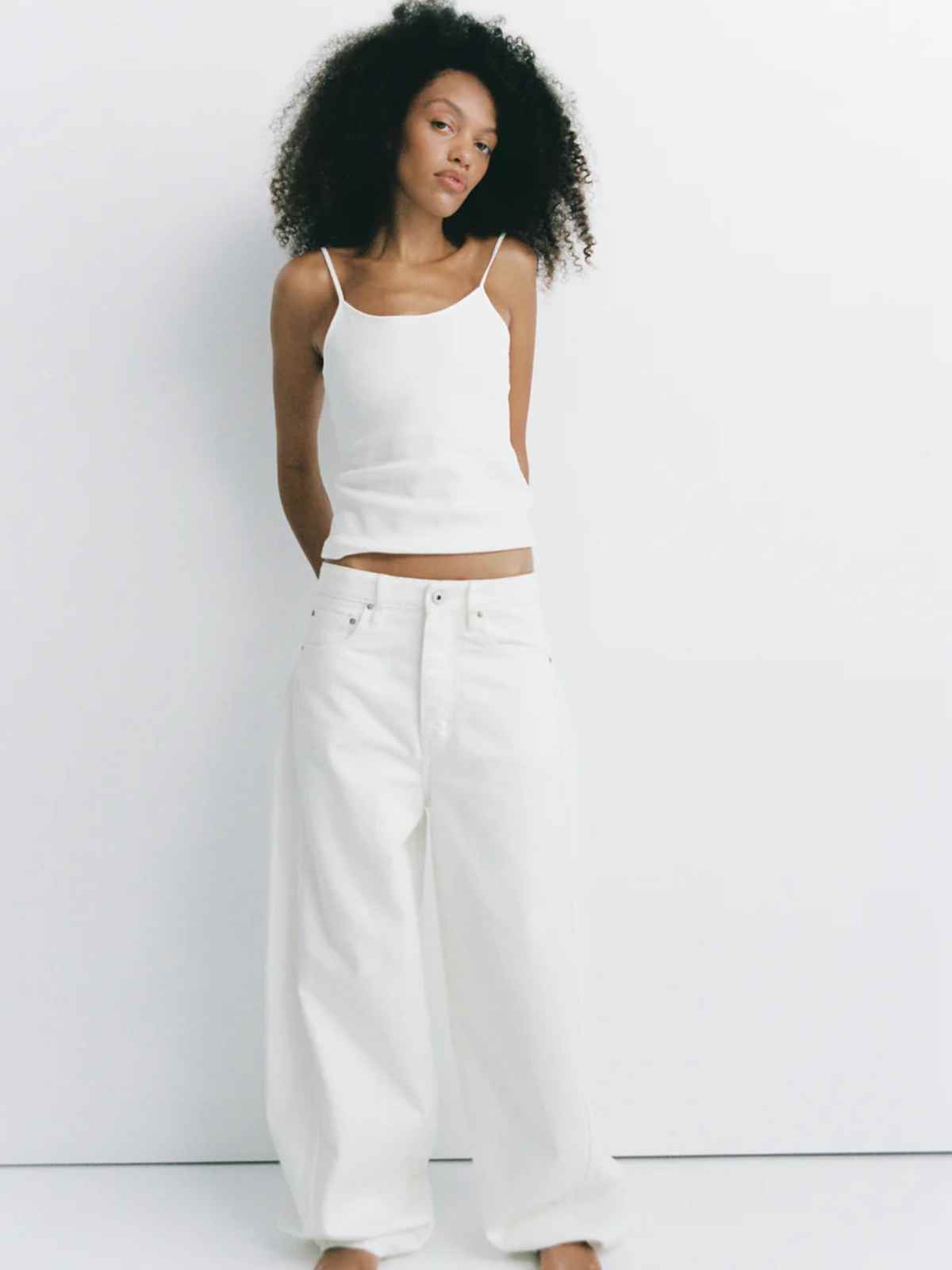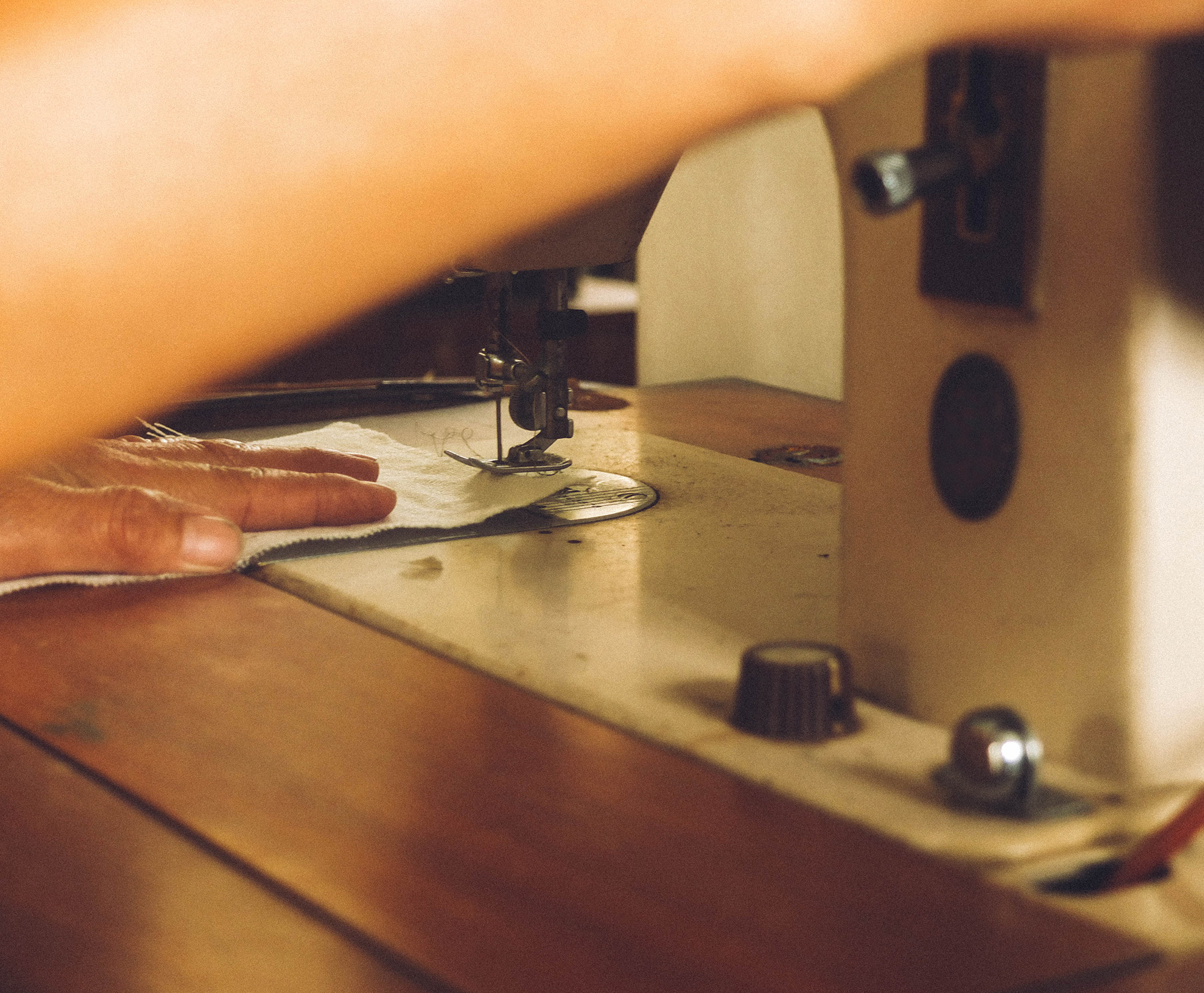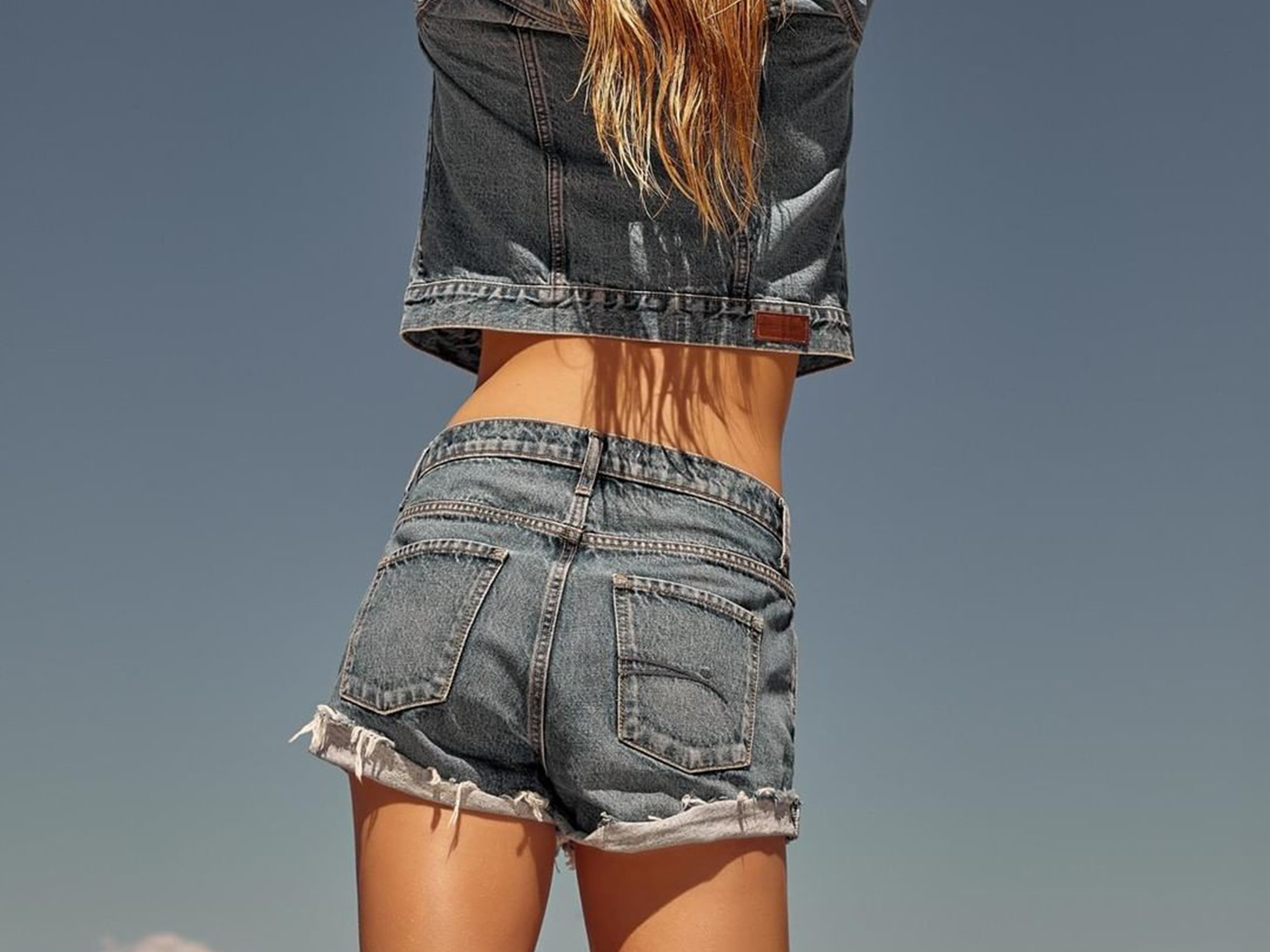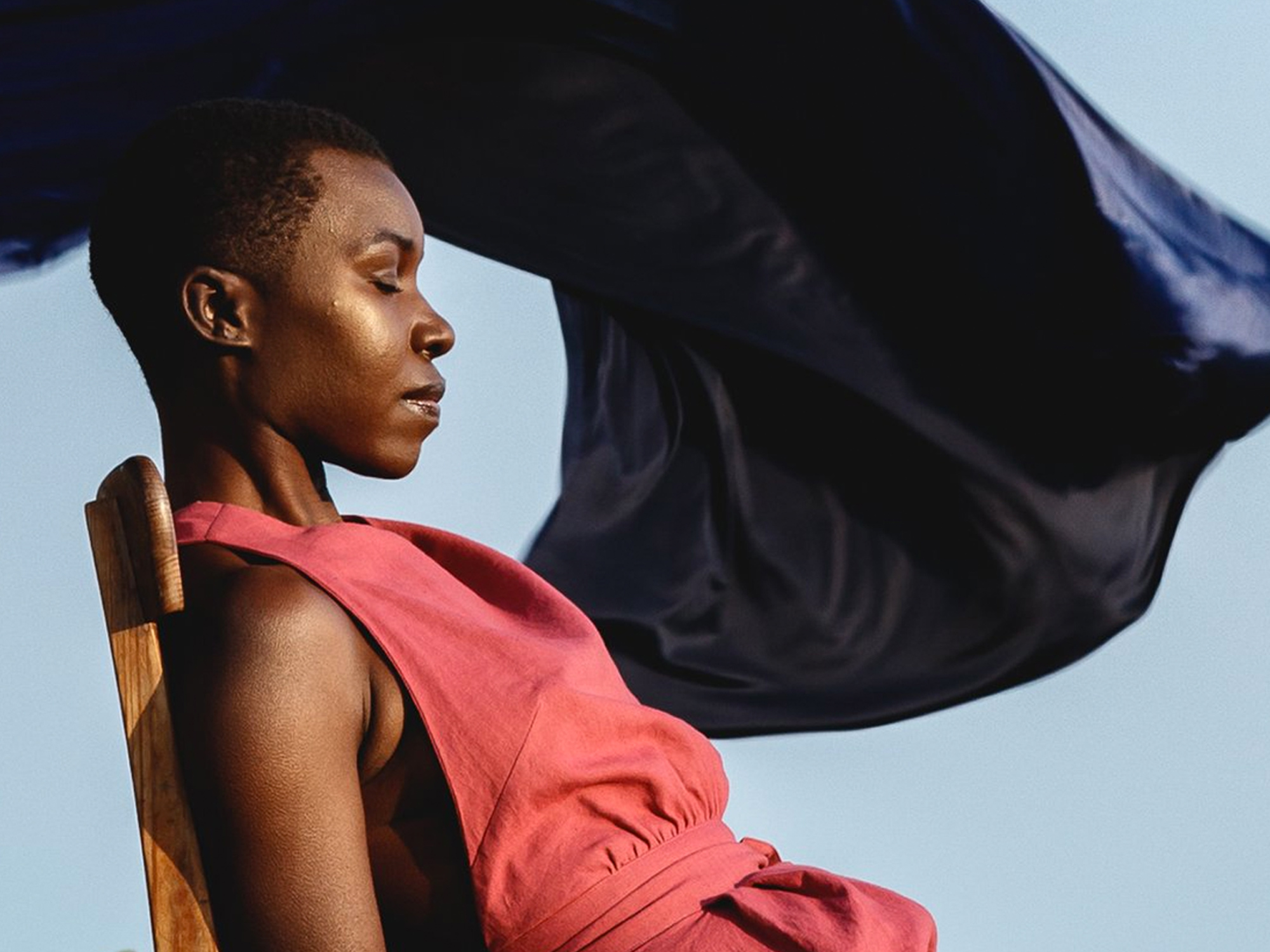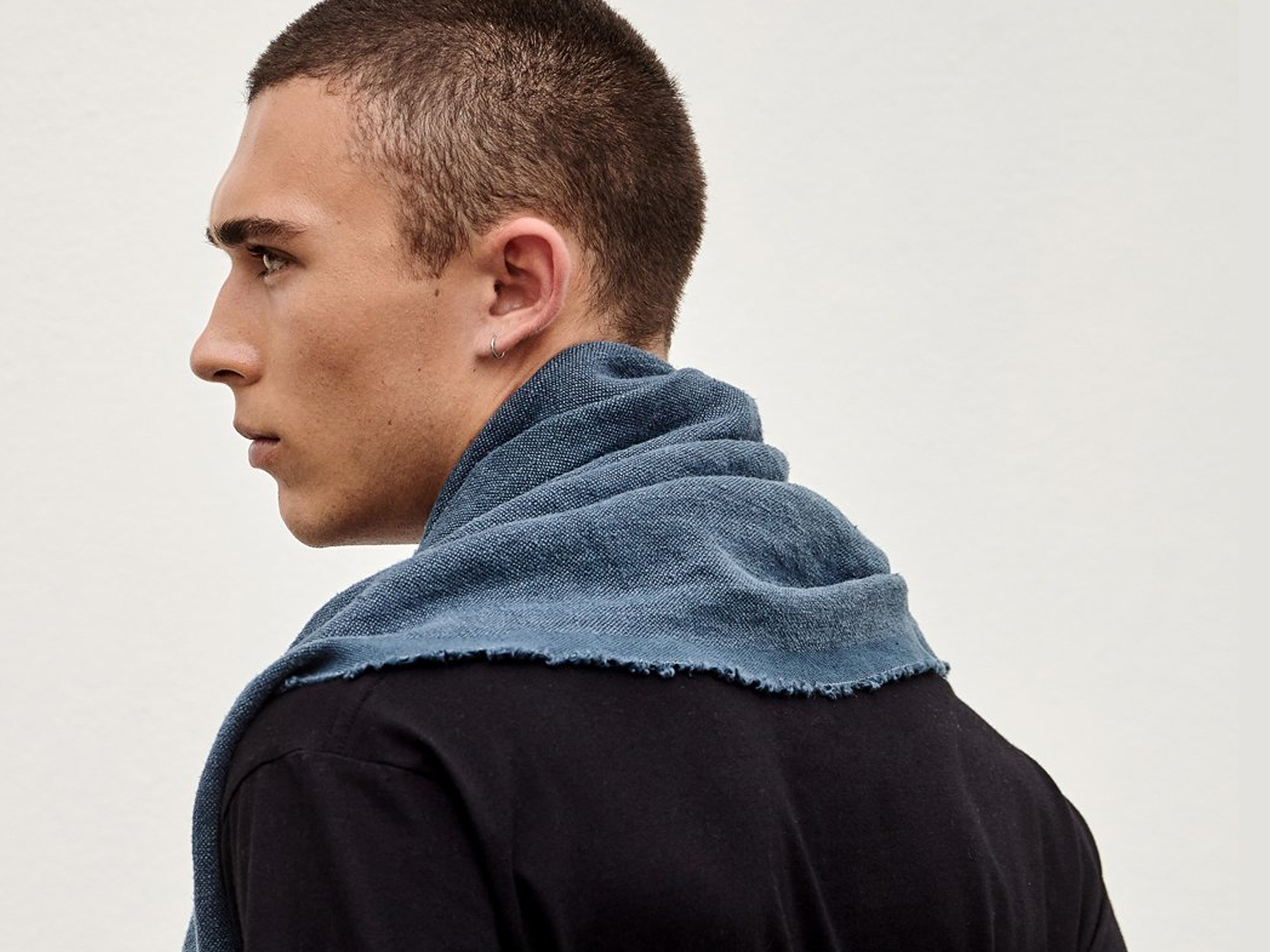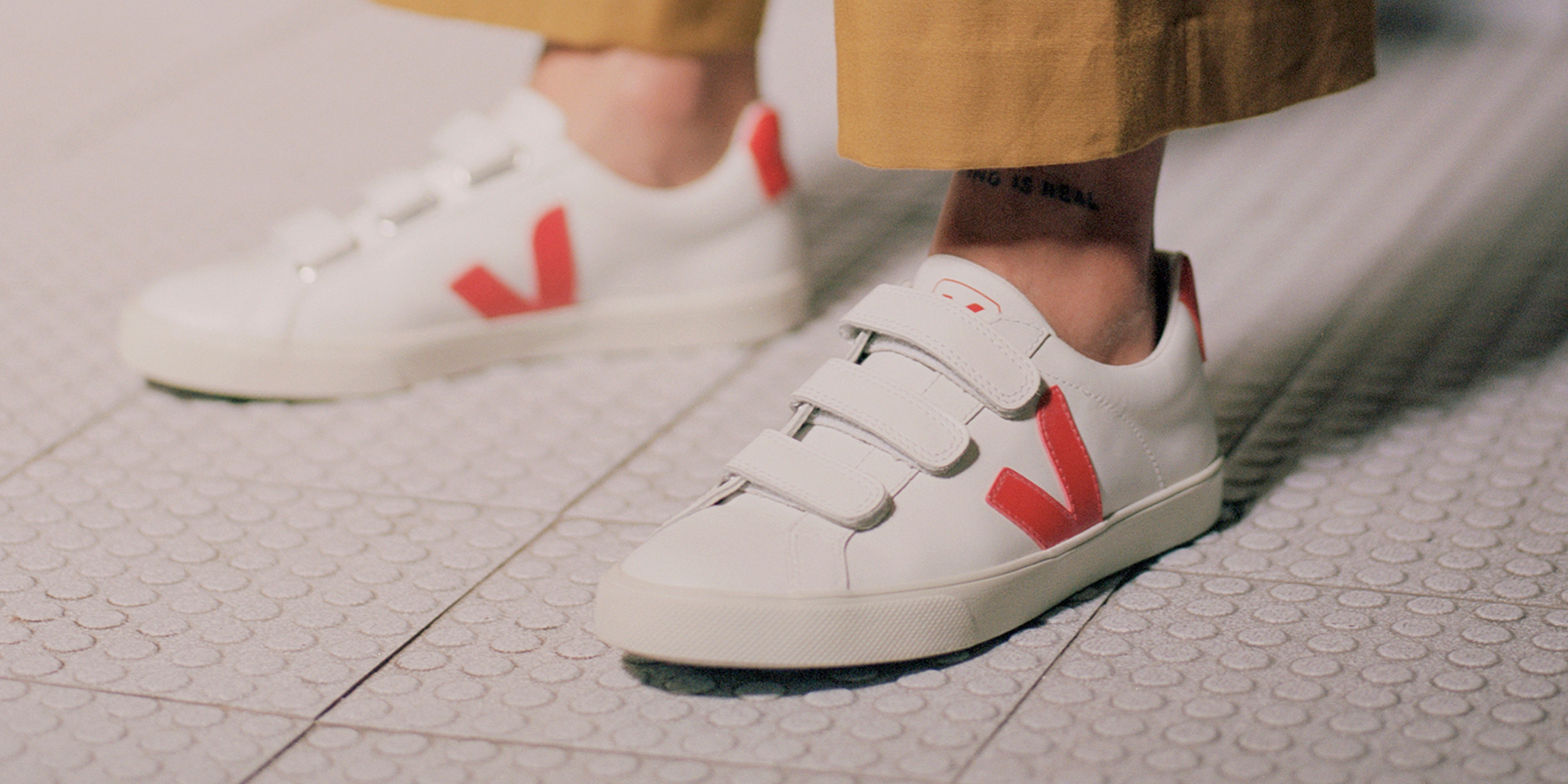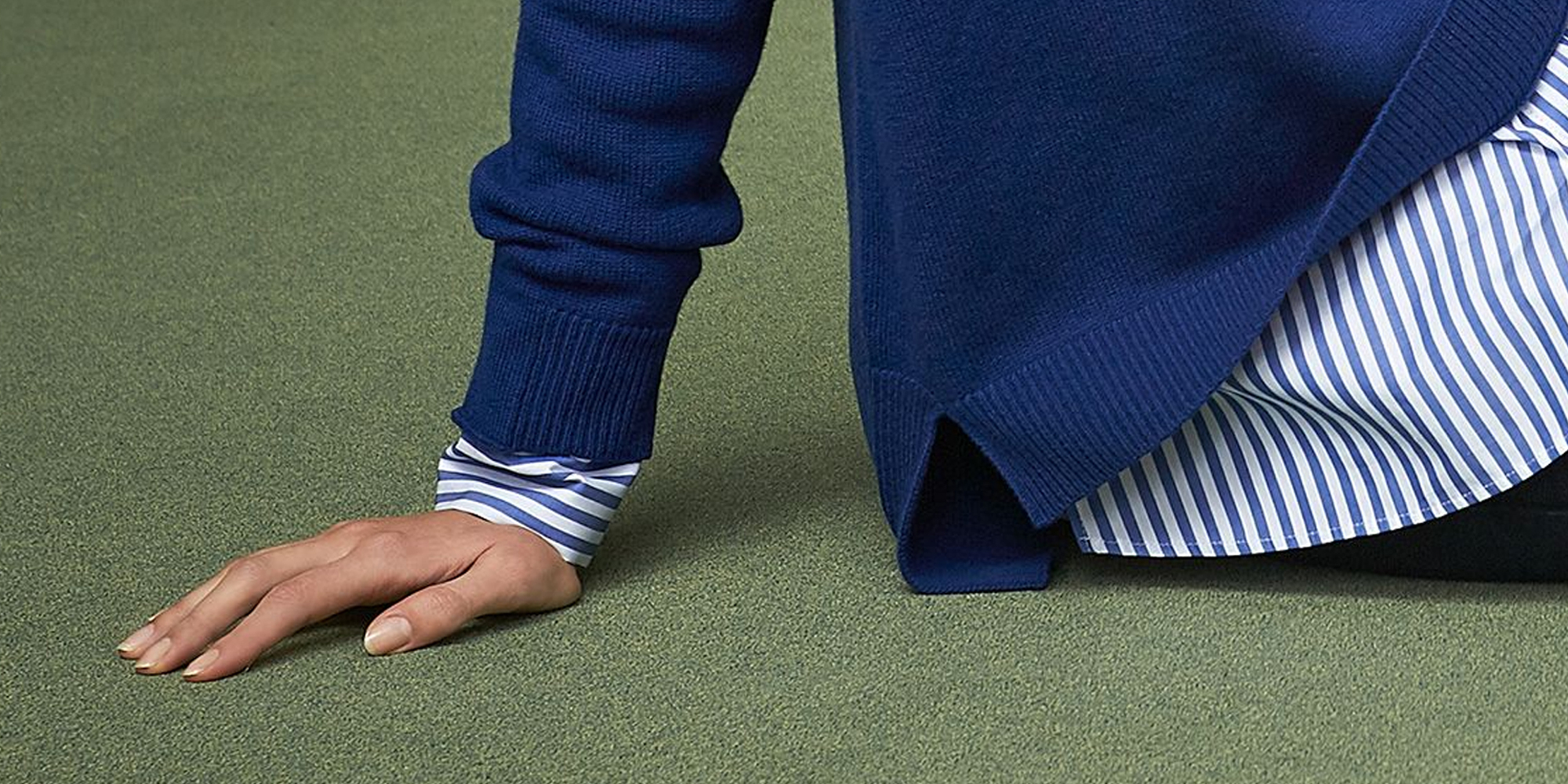The salaries paid in the textile industry still don’t provide an adequate level of comfort for workers to exist with basic dignity, hygiene, or health. Paying a living wage is crucial for a more ethical fashion industry. Let’s look at how a living wage is calculated, how it impacts workers, and how we can all help make a change.
Garment workers need to be paid fairly
Those who create our clothes should earn enough to cover their basic needs and enjoy a decent standard of living. That should be common sense, right? Yet, this basic principle is often overlooked, and millions of garment workers around the world aren’t paid enough to cover their basic necessities—earning on average 41% less than they need to survive, according to The Industry We Want Wage Gap Metric, devised in partnership with the WageIndicator Foundation. That’s a decrease from 49% since 2025, but it’s still not good enough.
The reality is, there’s no evidence that the vast majority of major brands pay living wages. In fact, according to our data here at Good On You—fashion’s most rigorous and comprehensive ratings system—a whopping 73% of our rated large fashion brands don’t disclose anything about, or even mention, living wages. The statistic is similar for large beauty brands, at 72%.
Something needs to change, and the demand for living wages for garment workers is finally garnering the attention it deserves. But what is a living wage, exactly? How is it calculated? How can it help garment workers? And most importantly, how can consumers and citizens help make a change? Let’s have a look.
What is a living wage?
A “living wage” is the minimum pay required for workers and their families to have a decent life. Not to be mistaken for “minimum wages”, which simply refer to the lowest legal amount employers are allowed to pay employees in any given area. Minimum wages often don’t meet workers’ basic needs, and not all countries have a lower minimum wage limit. You might also see brands using terms like “decent”, “fair”, or “improved” wages, but these rarely mean the same as “living wages”.
In the US, the modern living wage movement gained traction in Baltimore in 1994 when the city passed living wage laws, after it became clear that many of the people living in Baltimore’s homeless shelters were employed in full-time jobs. Campaigners found that sustaining a decent quality of life on the city’s minimum wage was impossible.
Writing in The New York Times, Jon Gertner said this response indicated the basic belief “that no one who works full time should have to live in poverty.” Simply put, the logic behind the push for a living wage is based on the rather instinctive assumption that a person who works long, hard hours should be rewarded and not live below the poverty line. Although most governments and companies support this in principle, the reality is often far bleaker.
In many major garment-producing countries the legal minimum salary remains well under a living wage, and workers remain in poverty. According to The Industry We Want Wage Gap Metric, the legal minimum in India is just 31% of what an average living wage is, while in China and Bangladesh, it’s around 37%.
How are living wages calculated?
There are two widely accepted methodologies:
- The Asia Floor Wage Alliance (AFWA) brings together unions and labour activists and has calculated minimum living wages in many Asian countries. It demands that global brands pay the difference between a country’s national minimum wage and the AFWA living wage to ensure workers receive what they need.
- The Anker Method is named after Richard and Martha Anker, who developed the method in partnership with the Global Living Wage Coalition. While the Anker method can produce a somewhat lower wage outcome, it is designed to be applicable to most less-developed countries in a range of situations.
Both calculations factor in a low-cost but nutritious diet for a small family, basic acceptable housing, other essential expenses such as health and clothing, and a small margin for unexpected circumstances.
A snapshot of the living wage campaign in Bangladesh
There are many legitimate concerns about the ethics and impacts of the fashion industry—especially in low- and lower-middle income countries (LMICs)—but that doesn’t mean that the fashion industry hasn’t also brought change to countries such as Bangladesh. According to a 2015 paper by Sarah Labowitz, Nayantara Banerjee, and Dorothée Baumann-Pauly, “Since the arrival of the garment sector in the late 1970s, the country’s poverty rate has fallen from 70% to less than 40%, accompanied by increases in life expectancy, literacy, and per capita food intake.”
But, as sustainable fashion expert Ruth MacGlip in her article for Good On You: “It is precisely this paternalistic perspective that keeps Bangladesh’s 4.2 million RMG workers trapped in a debt-riddled cycle of low-wage labour and diminishing participation in civil society driven by excessive and exhausting overtime. Meanwhile, a lack of robust regulation means that retailers in the Global North are able to avoid accountability for improving the working conditions of the very jobs they create.”
And Bangladesh’s wage issues continue to increase since this article was first published in 2018. For instance, in 2024, when garment workers protested to call on the government to increase minimum wages to a sufficient level, they were met with harsh police crackdowns that left four workers dead and approximately 40,000 facing criminal charges.
There’s a reason so many companies have flocked to Bangladesh and other LMICs in recent years. First, structural power imbalances and systemic racism, remnants of colonialisation that still benefit fashion brands. Then, from a traditional business perspective, high productivity and low overheads are always important, but the question remains: “How is it possible to make clothing so very cheaply?”
The answer is: it’s not, unless brands choose to drastically cut corners and turn a blind eye to the impact on people, the planet, and animals. Which is exactly what’s happening. In fact, many people in the cut-make-trim part of the fashion supply chain work in unsafe factories and live in deplorable conditions. Workers’ living conditions may not be a direct legal responsibility of the large international corporations that own the major high street brands—but then again, if their healthy profits flow from the fact that people are living in abject poverty, surely they have to take responsibility? The living wage campaign aims to overcome this injustice by calling on companies to ensure their profits don’t come at the cost of their employees’ living conditions.
Does a living wage guarantee a better life?
There’s a danger that where wages are increased, local service providers will increase the price of rent and groceries. This means that unless it is implemented meaningfully, an increase in wages may not fully translate into an improved quality of life. And if such an increase is not across the board, then increases at one factory may mean losing work due to retrenchment if international brands move their orders to cheaper competitors.
This is why brands must coordinate with unions, governments, and others to address the problem. Brands should also commit for the long term to suppliers that do the right thing by their workers.
Additionally, it is essential to make sure that costs aren’t cut elsewhere due to the wage increase—if brands continue to squeeze them on price, factory owners may offset increases in wages with a decrease in safety measures within the factory. But one thing we can say for sure: if wages are not increased, the workers who make our clothes are condemned to a life of poverty and danger.
Who is responsible for making a change?
It’s clear that protecting the rights of fashion’s lowest-paid workers is essential. But who is responsible for trying to improve the system? Should companies and consumers be responsible for living conditions in factories, or should they fall under the jurisdiction of the government and local authorities?
Recently, increasing numbers of major brands have publicly promised to do the right thing by garment workers, attempting to repent for decades of investigations into the murky reality of fashion supply chains. But according to Fashion Revolution’s 2023 Fashion Transparency Index, 96% of brands still do not publish the number of workers in their supply chain paid a living wage.
“The truth is, we do not have time to wait any longer for voluntary measures and empty promises from individual brands. The industry needs to be held accountable by law,” says Ruth MacGlip. “One place to start is in the EU, the largest clothing and textiles importer in the world. The EU has the responsibility to ensure that all clothing, whether made domestically or overseas, is made in safe conditions with fair pay. This is not about Western governments ‘fixing’ problems in recently industrialised countries, but instead building real corporate accountability for the problems caused by brands in the first place,” argues MacGlip.
What about brands?
“Wages for production will scarcely exceed 3% of the price you pay in the shop”, reports the Clean Clothes Campaign, so it would cost very little for brands to change and pay a living wage. And even if big brands passed the entire cost of paying living wages on to consumers, could work out to as little as extra 1% of the retail price—that’s just 10 cents for a $10 t-shirt—for living wages to be paid to the people who make our clothes.
According to Oxfam, brands should first get the basics right on human rights—publish a list of their suppliers, respect workers’ rights to organise via unions, establish effective grievance processes, and empower women workers with positive policies and targets.
On living wages, they should:
- Make a credible commitment to paying a living wage
- Publish a living wage roadmap
- Implement and monitor living wages in the supply chain
Oxfam publishes a company tracker that monitors 30 large brands available in Australia, including Cotton On, Country Road, Just Jeans, and H&M. At the time of writing, 11 of the 30 companies were recorded as meeting the transparency requirement but only one—Lorna Jane—was confirmed to be paying a living wage at its supplier factories.
What can you do as a shopper?
Campaigners including Fashion Revolution, Labour Behind the Label, Oxfam, and Clean Clothes Campaign are consistently calling on brands to do better and reporting on their actions, so keep an eye on their news feeds and reports to stay in the know about the progress of living wages around the world. You can also sign their petitions for improved wages, and contact brands directly to let them know you expect better. The more brands hear calls for change, the harder it is for them to ignore. Consider avoiding brands that aren’t transparent about whether they pay a living wage, too.
Final thoughts
The tragic events at Rana Plaza didn’t occur simply because the structure of the building was unsafe. Rather, it was possible because the very structures that inform interactions between workers and management are highly unstable and unequal. After Rana Plaza, big companies donated millions, intended as compensation for victims—but surely it would make more sense to provide a living wage and safe working conditions in the first place?
Despite the fact that the cost of living in certain countries may be lower, the salaries paid in the textile industry still don’t provide an adequate level of comfort for a worker to exist with basic dignity, hygiene, or health. No matter which way we look at it, no matter where we place the blame—when we purchase fast fashion, we are often participating in a system that leads to the chronic exploitation and humiliation of some of the world’s most vulnerable inhabitants.
Good On You believes in supporting companies that protect and nurture employees at all levels of the supply chain. Check out some of our “Good” and “Great” rated brands to discover the ways some companies are working to support developing economies, protect their workers, and produce clothing that looks good, too.

